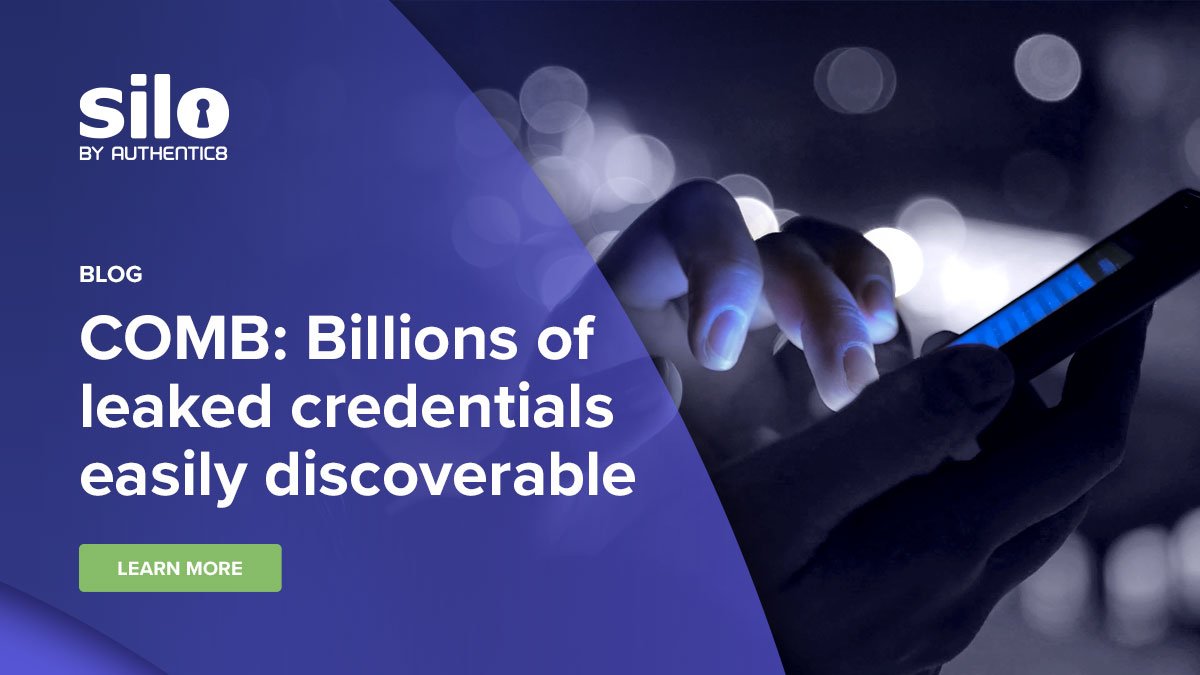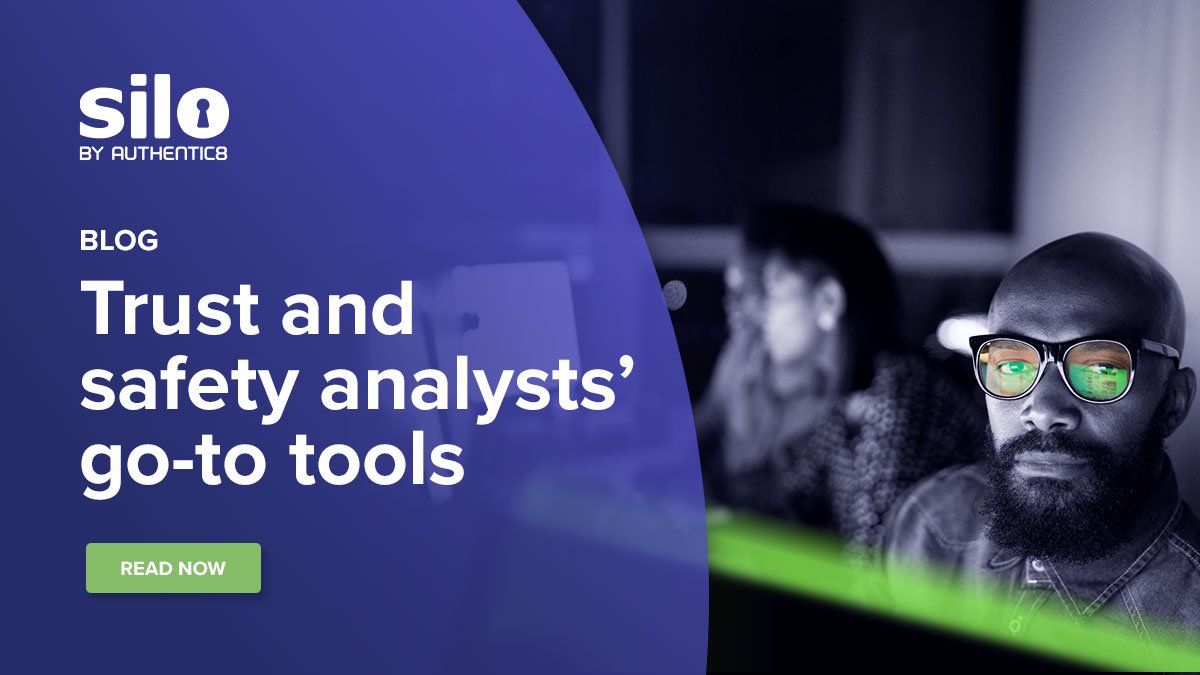Authentic8 branding
Design Lead // 2023
Tools
Illustrator, Photoshop, After Effects
Overview
Upon joining Authentic8 following a significant branding overhaul, I assumed ownership of all branded materials, ensuring consistency across all touchpoints. The brand's foundation rests on the concept of “Separating the things you care about from the things you cannot trust,” a message that underscores Authentic8’s core technology: Silo for Research.
Silo for Research is a cloud-based web browser designed for cybersecurity analysts to conduct research on the surface, deep, and dark web securely, without compromising their identity.
Color
The primary color palette incorporates a spectrum of RGB purple, blue, custom black, and grays. A secondary palette introduces vibrant hues to complement the primary colors, generating dynamic gradients and enhancing CTAs, diagrams, and visual effects.
One challenge I found with the color scheme was the limited use of certain colors, leading to an over-reliance on purple, which diminished contrast between elements. Additionally, bright green was reserved exclusively for CTAs, creating a disconnect from the broader brand identity.
Typography
The brand’s primary typeface, Proxima Nova, offers a clean, geometric aesthetic that performs well across print and web applications. However, Calibri was chosen as a fallback font for public-facing materials where Proxima Nova could not be used.
This choice introduced a notable branding inconsistency, as Proxima Nova’s licensing and technical limitations prevented it from being globally installed across corporate systems or integrated into third-party platforms.
Imagery
Corporate imagery predominantly featured manipulated stock photos, framed by brand layers that visually echoed the theme of separation—“the things you care about” versus “the things you cannot trust.” A prominent visual motif was the “swoosh” layer, which served as a container for text and further reinforced the brand’s message.
While this design worked for most cases, if there was ever a need for subtext along with a headline it can become cluttered very quickly.
Icons
While this icon style aligned well with the brand’s visual identity, scalability issues arose, making them less adaptable across product and corporate branding.
The outlined iconography, available in dark and light variations, utilized the primary blue alongside white or custom black. As new icons were needed, I continuously expanded the library.
Imagery and branding updates
Inheriting this brand, I recognized concerns about its weight and intensity. Given that the branding was under three years old, my strategy focused on simplifying and modernizing elements where appropriate. I reduced the heavy reliance on gradients, drop shadows, and other effects, shifting toward cleaner, more balanced visuals. One of the most impactful changes was the removal of the “swoosh,” a dominant feature on the corporate site and within much of the imagery.
My approach prioritized decluttering the imagery, focusing on creating clear visual hierarchies that made content easier to digest. Competing design elements were either minimized or eliminated, allowing more effective use of negative space. Gradients and drop shadows were scaled back, and key branding elements were repurposed as secondary accents to frame designs more cohesively. These changes resulted in a cleaner, more modern aesthetic that retained the brand’s core identity while improving visual clarity and consistency.
Trade show banners and backdrop













